 Fire. It's everywhere— always has been. From the Ordovician Period where the first fossil record of fire appears to the present day everyday uses of the Holocene. Today, we abundantly create flames (intentionally or unintentionally) in power plants, extractive metallurgy, incendiary bombs, combustion engines, controlled burns, wildfires, fireplaces, campfires, grills, candles, gas stoves and ovens, matches, cigarettes, and the list goes on...
Fire. It's everywhere— always has been. From the Ordovician Period where the first fossil record of fire appears to the present day everyday uses of the Holocene. Today, we abundantly create flames (intentionally or unintentionally) in power plants, extractive metallurgy, incendiary bombs, combustion engines, controlled burns, wildfires, fireplaces, campfires, grills, candles, gas stoves and ovens, matches, cigarettes, and the list goes on...












Yet with our societies' prodigal use of fire, the importance and power of it remains taken for granted. Only those who find themselves in dangerous situations will learn to fully appreciate a burning flame— shipwrecked passengers, lost hikers, and maybe even stranded motorists will at one point need a fire, either for warmth or for food. But what if the predicament is even more life-threatening than being stranded or lost?

 Sooner or later, zombies are going to invade this world, and the only thing you can do to stay warm and full is to build a fire, but that will attract them, right? Okay, so zombies aren't the most realistic scenario. But how about Ugandans and the Congolese people fearing for their lives under constant rebel attacks? Fires are necessary for living, but an obvious indication of population, whereas some would rather remain hidden. An even more realistic survival scenario is a soldier left to fend for himself behind enemy lines.
Sooner or later, zombies are going to invade this world, and the only thing you can do to stay warm and full is to build a fire, but that will attract them, right? Okay, so zombies aren't the most realistic scenario. But how about Ugandans and the Congolese people fearing for their lives under constant rebel attacks? Fires are necessary for living, but an obvious indication of population, whereas some would rather remain hidden. An even more realistic survival scenario is a soldier left to fend for himself behind enemy lines.

If you are (or were) a soldier in the United States military, you probably know how to build a fire, or at least know how to start one. Maybe you don't (I've come across many soldiers who knew nothing of basic survival skills), but nonetheless, the Army deemed it necessary to include a fire-building skills section in their U.S. Army Survival Field Manual (FM 21-76) and the Ranger Handbook (SH 21-76). If you're headed to a war zone like Iraq or Afghanistan in the near future (or are already there), whether a soldier, contractor, or civilian, you need to know this stuff.

There's always that slim possibility that you could be left alone in the arid deserts of Iraq or Afghanistan to fend for yourself. Your convoy could be hit, leaving you the lone survivor, or you could simply be forgotten about. It happens more than you think, especially when immediate action is needed— and amidst the chaos, your fellow combatants are driving off without you, leaving nothing but sand in your face.
However you should be left alone, and however permanent it is, building a Dakota fire pit is an essential piece of information for you to know. It's a really simple process, which makes it easy to remember and easy to make. You might need it to cook food, to heat water, or to simply stay warm, and yes— it does get cold in Iraq and Afghanistan, contrary to popular belief.
In some parts of Iraq, it can reach below zero degrees Celsius during the winter months. So, what if there was that slight chance that you were to get stuck in the middle of the desert alone in the cold? During the day it stays pretty warm, but what about at night? The Dakota fire hole is the best option for averting a cold weather injury.
The Dakota fire hole is also your best option to avoid detection from enemy personnel. The flames are hidden below ground, and the fire burns hotter, producing less smoke for enemy eyes. An underground fireplace is the absolute best tactical option, especially at night— you never know if an insurgent might possess night vision capabilities. Concealment is a soldier's best friend (right next to his weapon).

This fire pit is not only for military personnel, but also for anyone looking to build a decent or concealed campfire. It's great for any environment, jungle or desert, except maybe Antarctica or Alaska. There's additional information below, like firing starting and location picking, but if you want to get right down to it, just head to the pit building section.

General Fire Knowledge
FIRE LIGHTING METHODS
First off, before you actually make the fire pit, you're going to have to learn how light a fire. Most soldiers smoke cigarettes while deployed to Iraq and Afghanistan; it's one of the many pleasures they can still enjoy on a day-to-day basis. Even if they aren't smokers, they probably smoke because it gives them something to do, which means they probably have a lighter or a pack of matches on them. If you're not one of those types, you might not carry such items. But you should always consider carrying waterproof matches in remote areas. Standard MRE's come with one matchbook, so there should never be a reason not to have a pack or two.
 If you have signal mirror on you, you can try and light a fire with that. God knows the sun is strong enough in the deserts of the Middle East to get one started. Also, if you wear glasses, use one of the convex lenses with the sun to get it going.
If you have signal mirror on you, you can try and light a fire with that. God knows the sun is strong enough in the deserts of the Middle East to get one started. Also, if you wear glasses, use one of the convex lenses with the sun to get it going.
An obvious alternative to lighters, matches, and the sun is what you carry around with you everyday, if you're a solder that is— ammunition. You can extract the gunpowder from one of your 5.56 rounds (or whatever round you are packing) and use it as tinder. Just make sure you're careful when removing the bullet from the shell casing. All you need is one good spark to ignite the gunpowder, and then it's fire!
Other ways to start fires include hand drilling techniques, bowing methods, flint and steel, a magnesium striker, battery and steel wool, and the fire-plow (friction).

Fire-plow method

Bow and drill method

Fire-plow method

Bow and drill method
Check out the videos below for some demonstrations of different fire starting techniques.








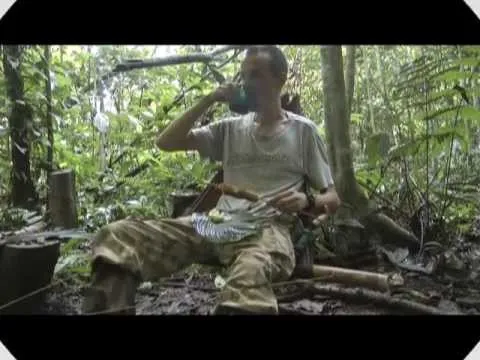
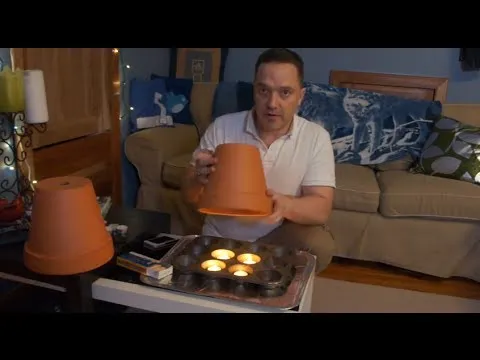




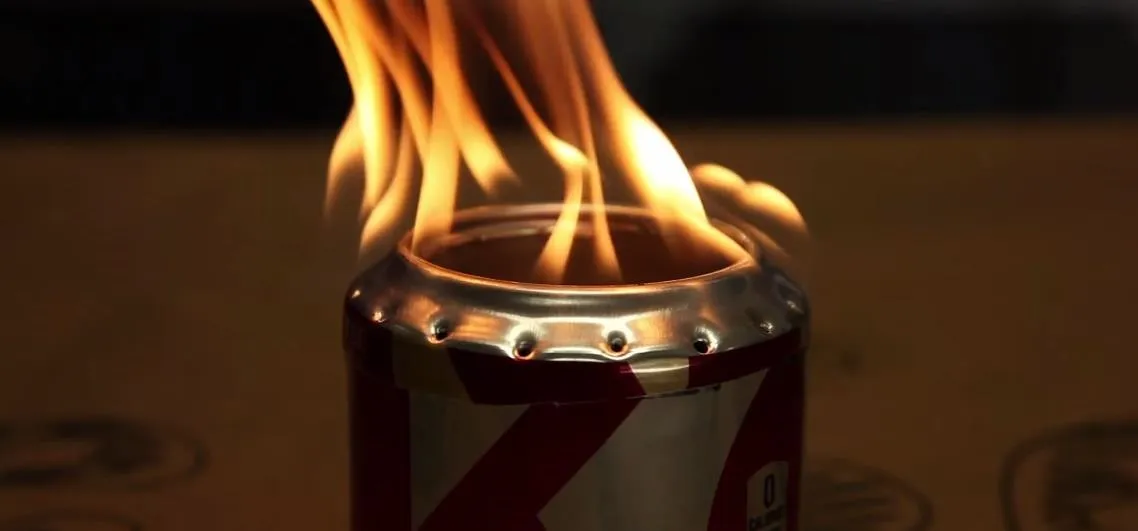
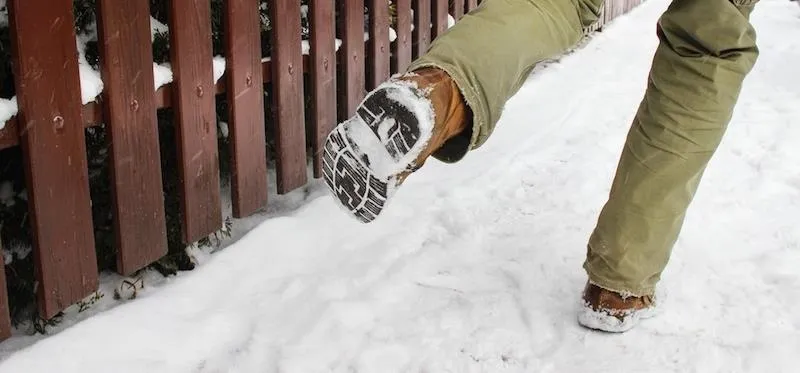

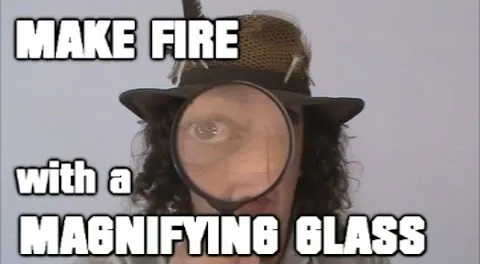



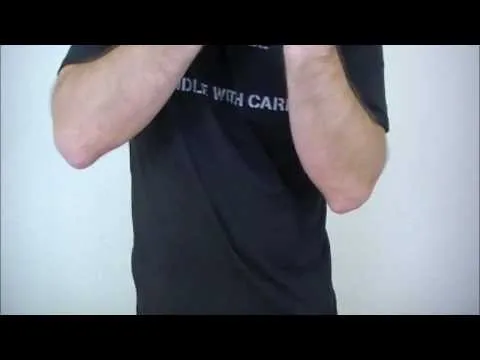
Comments
Be the first, drop a comment!